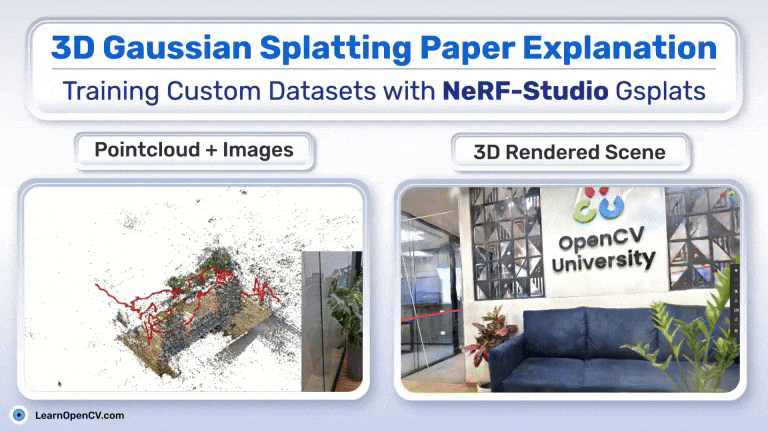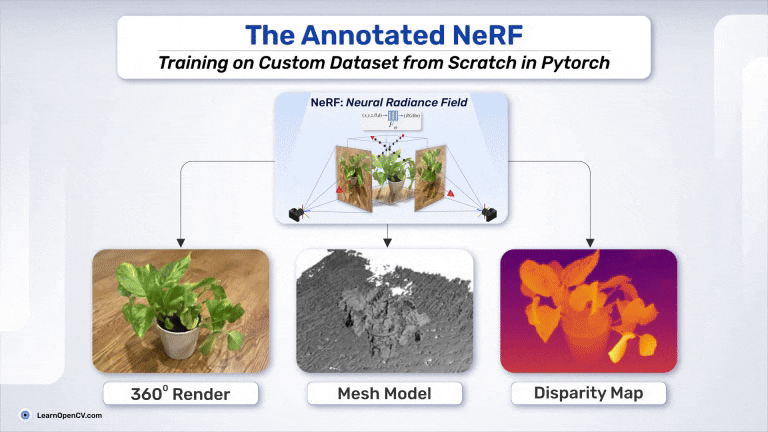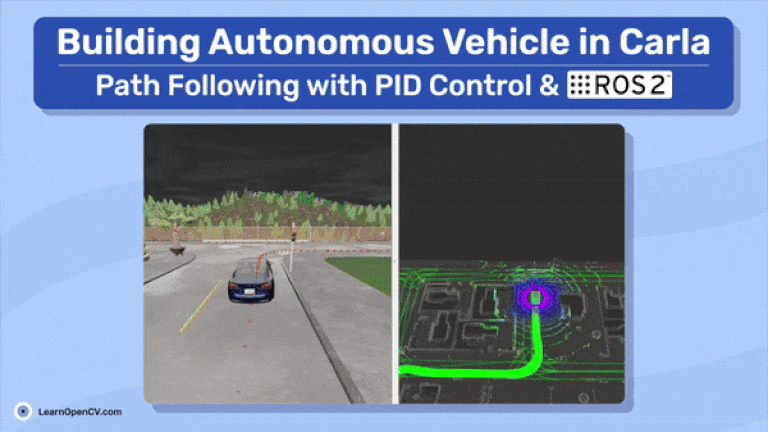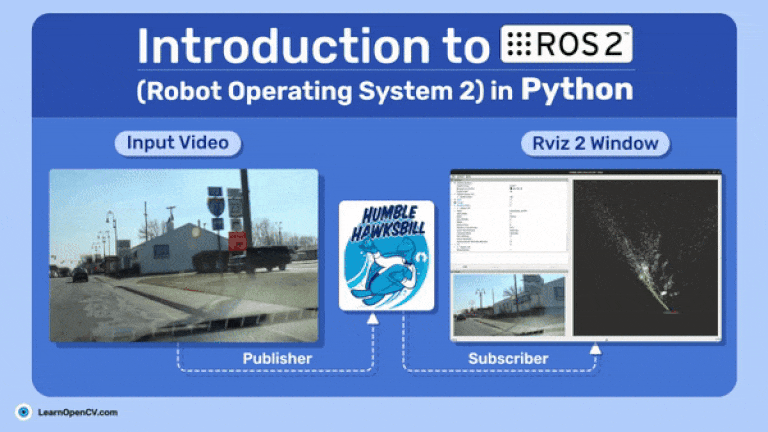Robotics
3D Gaussian splatting (3DGS) has recently gained recognition as a groundbreaking approach in radiance fields and computer graphics. It stands out as a jack of all trades, addressing challenges that
3D Gaussian Splatting (3DGS) is redefining the landscape of 3D computer graphics and vision — but here’s a catch: it achieves groundbreaking results without relying on any neural networks, not
In recent years, the field of 3D from multi-view has become one of the most popular topics in computer vision conferences, with a high number of submitted papers each year.
Robotics, once a specialized and niche field, has surged into the mainstream with the rapid development of autonomous vehicles, quadruped robots, and humanoids. What’s fueling this revolution? The drive to
LiDAR SLAM is a crucial component in robotics perception, widely used in both industry and academia for its efficiency and robustness in localization and mapping. In robotics perception research, LiDAR
ROS (Robot Operating System) is more than a decade old open-source robotics middleware software, initially developed by two PhD students from Stanford University. Fast-forward to 2024, ROS has evolved into








